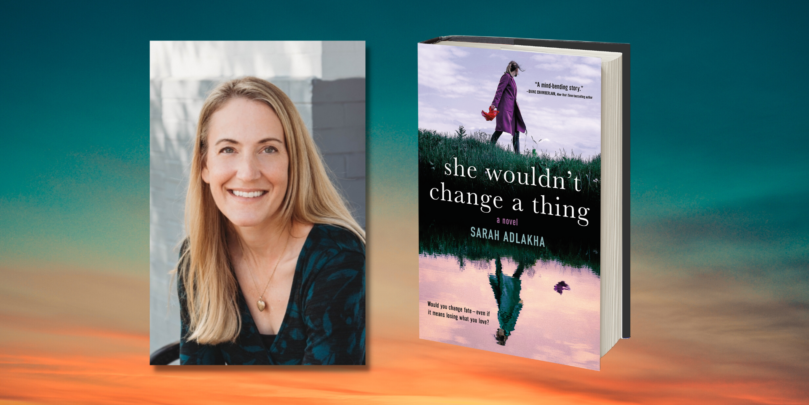
Q&A with Sarah Adlakha, Author of She Wouldn’t Change a Thing
Want to know more about debut author Sarah Adlakha and her new book She Wouldn’t Change a Thing? Keep reading to see her answers to all of our burning questions!

Want to know more about debut author Sarah Adlakha and her new book She Wouldn’t Change a Thing? Keep reading to see her answers to all of our burning questions!
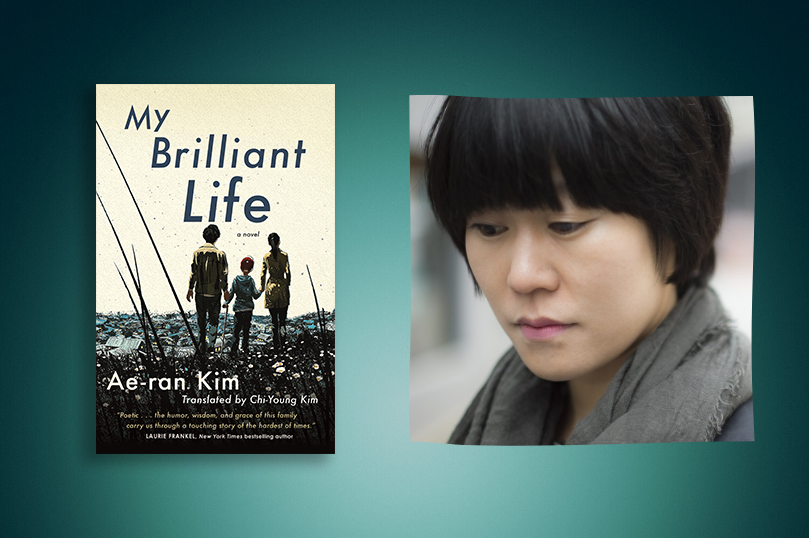
Learn more about author Ae-ran Kim and her book My Brilliant Life—available now!
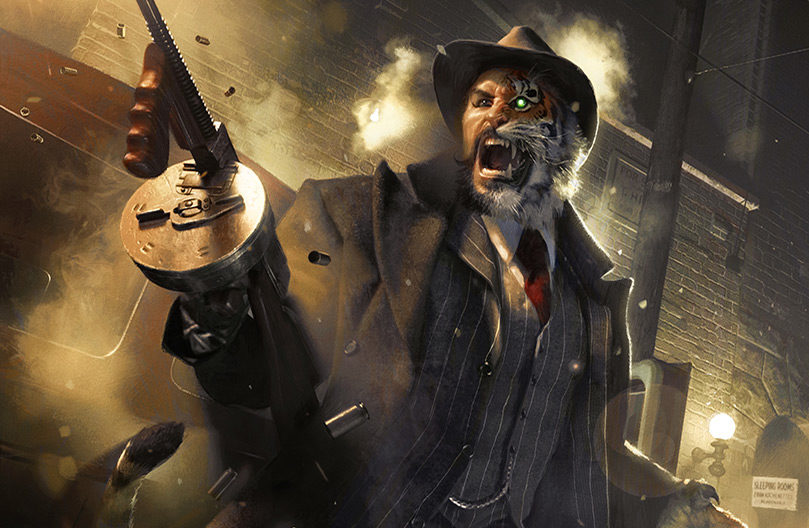
Listen to the authors of George R. R. Martin’s latest Wild Cards novel discuss Low Chicago!
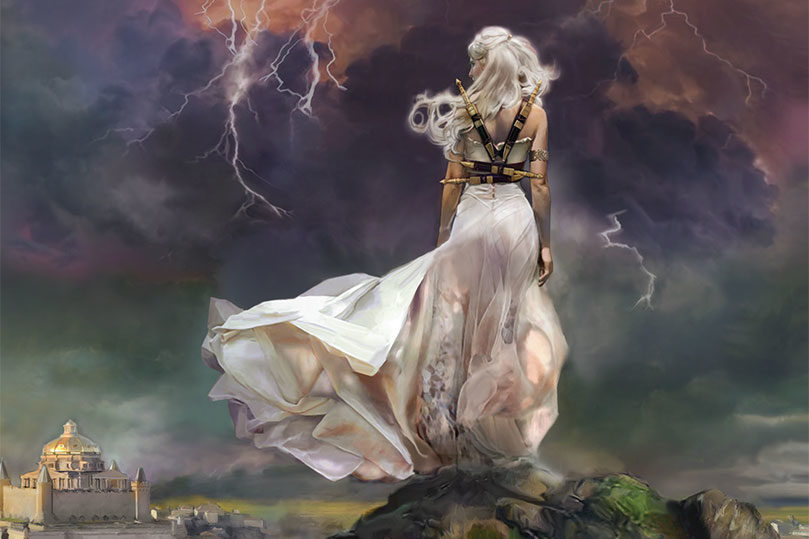
Continuing our Fantasy Firsts program, we interviewed Cora Carmack about her brand new young adult debut, Roar.
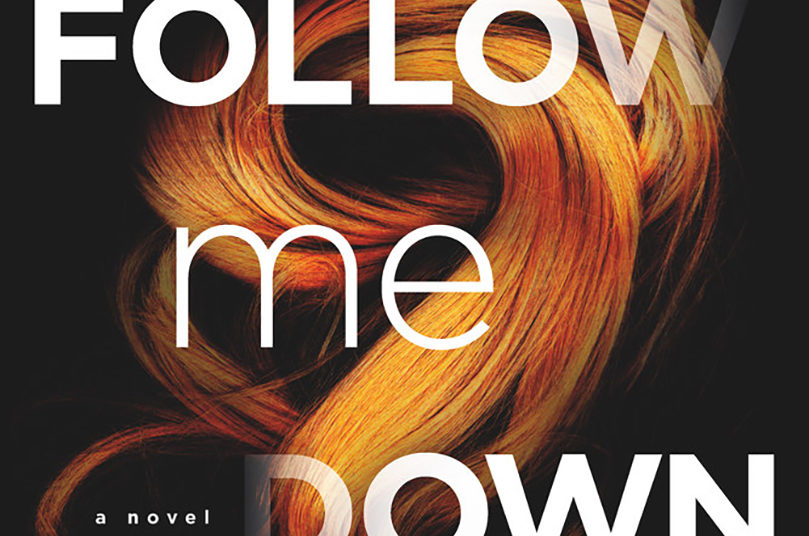
Chevy Stevens, bestselling author of Never Let You Go and Still Missing, sat down with debut author Sherri Smith to talk about her novel and writing during the long Canadian winter.
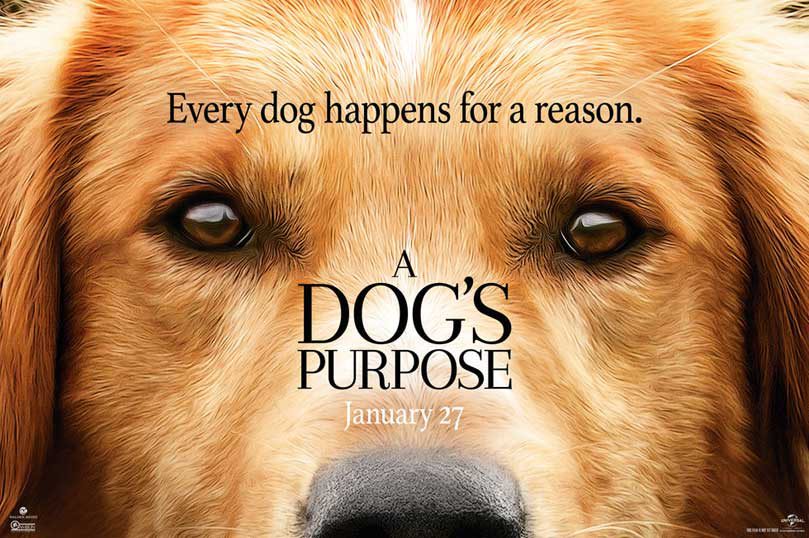
W. Bruce Cameron discusses his bestselling novel for humans A Dog’s Purpose – the forthcoming movie, future projects, and his own dog, Tucker.

W. Bruce Cameron discusses Ellie’s Story, his heartwarming illustrated novel adapted for young readers from the beloved A Dog’s Purpose.